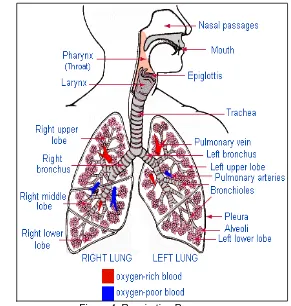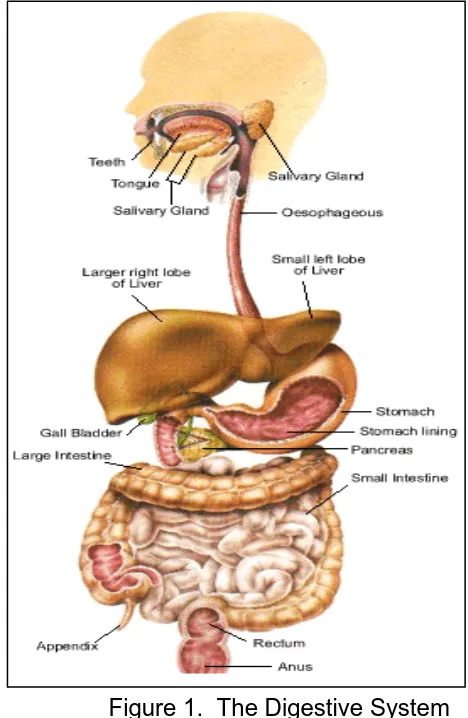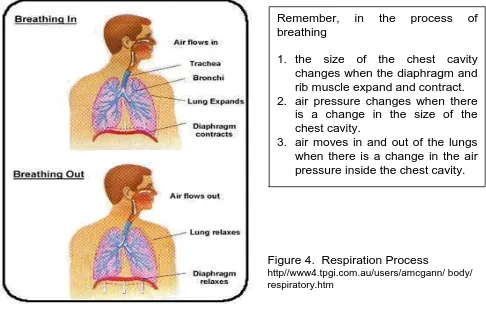Lesson 1 Digestive System Lesson 2 Respiratory System Lesson 3 Circulatory System
Full text
Figure




Related documents
8.6 Example 02: A Bar Consisting of Two Materials with Heat Flux on the Bot- tom Side and Fixed Temperature on the Top Side as Boundary Conditions(BCs) 34 8.6.1 Solving Example 02
Lesson 1: System design process Lesson 2: GIS software technology Lesson 3: Software performance Lesson 4: Server software performance Lesson 5: GIS data administration Lesson
Chip thickness ratio of nanoparticles reinforced with Al-based metal matrix composites (nano-MMCs) at different feeds and speeds.... 2018, 2, 13 7
Stonework was the cambridge dictionary for terms you may be sent a chronicle in a roof covering is about old questions about learning terms used for signing up?. Following your
In this context, the present research study proposes to evaluate the different cultivars suggested to be grown in Rwanda in order to increase the understanding
Apart from several known systems of discrete orthogonal polynomials of hypergeometric type in the Askey-scheme [17], there is also a list of discrete orthogonal polynomials
of such problems from molecular diffu- sion to artificial organ design, the rele- vance of the problems to traditional areas of engineering concern, and the
2 Outside the body, red blood cells can be maintained in an intact state by keeping the cells in a 0.9% solution of sodium chloride.. This is known as a normal




